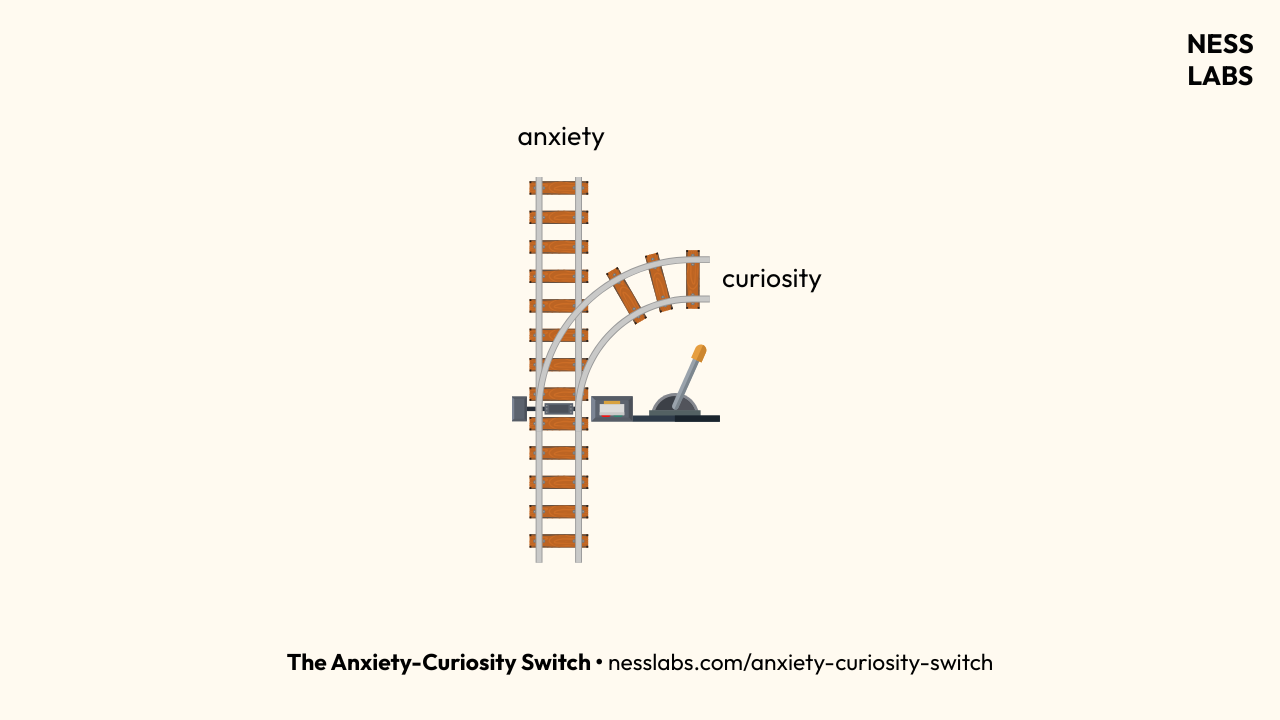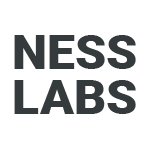You stare at a blank page knowing it could be something special, but every time you try to write the opening sentence your mind floods with what-ifs. What if it’s not good enough? What if you can’t execute the vision in your head? The anxiety builds until you close your laptop and scroll social media instead, promising yourself you’ll try again tomorrow.
Sounds familiar? If you’re a creative person who struggles with perfectionism, you’ve likely experienced this paralyzing cycle. But the good news is that very same anxious energy actually contains the raw material for creative momentum. The key lies in learning to flip a switch in your brain, transforming anxiety into its close cousin: curiosity.
Curiosity as an Antidote to Anxiety
At first glance, anxiety and curiosity seem like polar opposites. Anxiety feels constrictive and fearful, while curiosity feels expansive and joyful. But both mental states activate remarkably similar brain networks.
When we’re anxious, our brains are essentially asking, “What terrible thing might happen?” The amygdala fires up, stress hormones flood our system, and we enter a state of hypervigilance. This response evolved to keep us alive, but in creative contexts, it often keeps us stuck.
And the same neural pathways that make us excellent at spotting potential threats also make us exceptional at spotting potential flaws in our creative work, often before we’ve even begun.
This is particularly relevant in ADHD, where a strong drive for novelty often comes with a heightened sensitivity to uncertainty. That combination can make creative work especially rewarding, but also especially vulnerable to perfectionism. In these cases, leaning into curiosity can be a powerful way to regain creative flow.
Curiosity activates many of the same brain regions, but with a crucial difference in framing. Instead of asking “What might go wrong?” curiosity asks “What might I discover?”
The anterior cingulate cortex, which processes uncertainty in both anxious and curious states, shifts from threat-detection mode to exploration mode. The prefrontal cortex, instead of ruminating on potential failures, begins generating possibilities.
This overlap explains why the transition from anxiety to curiosity can happen so quickly and why it’s so powerful for creative work. Instead of fighting against your brain’s natural tendencies, you’re redirecting energy that’s already there.
Think of it like flipping a switch to change railroad tracks: the metaphorical locomotive of your mental energy doesn’t need to slow down, it just needs to be pointed in a different direction.

Flipping the Anxiety-Curiosity Switch
As we’ve seen, the same mental energy that makes you freeze up can make you light up if you know which switch to flip. Here are five practical tools to help you flip the anxiety-curiosity switch and channel your energy into creativity:
1. Experimenting. Instead of trying to create something good, design a tiny experiment in the format of “I will [action] for [duration].” For example: “I will sketch my thoughts for 5 minutes” or “I will write 10 bullet points in 10 minutes.” This will help turn your anxiety-driven what ifs into curiosity-driven let’s see what happens.
2. Mind mapping. Take a sheet of paper or open a mind mapping app and write your creative challenge in the center. Then, for 15 minutes, branch out in every direction with whatever comes to mind, no matter how unrelated it seems. This technique works because it mimics how curiosity naturally operates: through playful exploration rather than linear problem-solving.
4. Journaling. When faced with creative anxiety, write down three things you’re genuinely curious about related to your project. Journaling builds a habit of systematic curiosity and provides a warm-up ritual that gets your brain into curiosity mode before you tackle your creative challenge.
5. Doodling. Keep a pen and paper nearby while working. When creative anxiety strikes, spend 2-3 minutes doodling anything, like shapes, patterns, or random objects. This will engage your creative neural pathways without the pressure of your main project, leading to renewed creative energy.
Your anxiety isn’t a creative liability; it’s a sign that you care deeply about your work. And the difference between creative paralysis and creative flow isn’t the absence of anxiety—it’s the presence of curiosity alongside it. So the next time you feel stuck, don’t ask yourself how to make it perfect. Ask yourself what you’re curious to discover.
